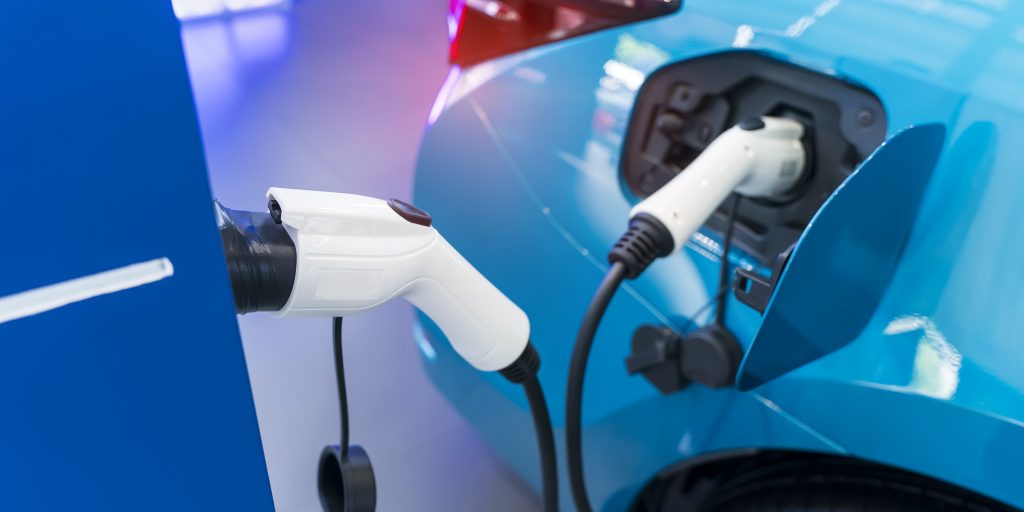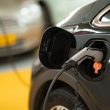Public-private partnership as a tool for EV infrastructure
While market trends and predictions certainly foreshadow a wide-scale, almost exponential use of electric vehicles (EVs) over the next five to seven years, practically speaking, full acceptance of EV is contingent on various factors, foremost being a more comprehensive national network of supercharging stations and enhanced EV battery life. Tesla was prescient on many points regarding EV infrastructure technology, that the need for these fast-charging stations along most major arterials, where EV batteries can be charged quickly or swapped, is key to acceptance and use of this evolving technology.
Many state and local governments have been incorporating EV charging stations into their transportation plans, and some have engaged in public-private partnerships to implement EV stations at convenient transportation nodes, but the country remains behind the curve in providing this critical infrastructure. President Biden’s Infrastructure Bill, with $7.5 billion specifically allocated to EV charging stations, and with a goal of creating a network of at least 500,000 EV stations, is a major step forward to the full realization and adoption of EV technology. The next step is state and local government, working with the federal government and private industry, to both maximize the use of the allocated funds and expand upon it.
Florida, for example, has passed legislation that lends itself toward better implementation of both AV and EV, such as allowing for public-private partnerships in this sector, and has engaged in some forward-thinking planning relative to EV, but we need more integrated planning that goes deeper into the local and rural communities. The need is for a comprehensive network, which requires collaborative planning at all levels of local, state and federal government, and of course, private industry. Until that happens, the missions are piecemeal.
Financing
The Infrastructure Bill allocates hundreds of millions of dollars to transportation and transit systems, including airports and rail, where appropriate expansion and modernization plans could have ancillary components for EV charging stations. Thus, the $7.5 billion specifically allocated to EV is not a cap, additional monies could be spent on EV charging stations that are part of overall plans funded by other components of the Infrastructure Bill. This is an important point, as again, the comprehensive national network is critical to the success of continuing evolution away from fossil fuel technology. We will need charging stations on all major arterials, local roadway systems, at airports and rail stations, and at key nodes in our communities. Private capital will be key to making this comprehensive network materialize.
EV infrastructure trends
With the Infrastructure Bill being implemented, the primary trend will be one of accelerating the delivery of EV charging infrastructure. Following DOT guidance, we are anticipating more coordinated planning at the various levels of government, along with greater private industry engagement. We are already seeing, and are deeply involved in, more infrastructure projects for the manufacturing of the batteries, with technological advancements designed to provide greater battery life. These are the cross-points where the public and private sectors collaborate for a common good.
A trend we also need to see is improvement of the charging technology itself. Level 1 and Level 2 chargers are truly inadequate, and the current network of available chargers provide a false sense of current success. If it takes 1+ hour to fully charge an EV battery, it is just not practical for trips. Level 3 chargers must be employed in these networks.
Public procurement
It starts with engineering and planning, making sure that development and transportation plans include provisions for EV charging stations. Then the engagement is both from the procurement officers and the grant/contracts officers, so that they can coordinate to obtain federal (or local, obtain federal and state) funding for their projects.
Pay attention to the DOT guidance that will be issued in May 2022. Be prepared to chase this money, with a plan on how to implement its usage. And look beyond government funding. There remains considerable public-private opportunities that can work independently and in tandem with public funding. Many major EV charging station companies are looking for expansion and development opportunities. Industry workshops, Requests for Letters of Interest, P3 procurements—these are the various tools that local and state government can use to enhance development opportunities, in additional to establishing procurement policies that foster unsolicited proposals.
Robert Alfert is a Florida Bar board certified attorney in construction law and an experienced construction arbitrator. He concentrates his practice in construction law and litigation, infrastructure and transportation, including public-private partnerships. His experience in construction and infrastructure derives from his education and prior work experience in architecture, in addition to more than 25 years of handling complex construction matters and infrastructure projects. Alfert has been actively involved as counselor on some of Florida’s largest infrastructure, transportation and development projects. His public sector experience includes airports, highway systems, rail, power projects, educational facilities and significant venue projects. His private sector experience includes hospitals, high-rise buildings, multi-family, commercial buildings and luxury residential projects. He can be reached at [email protected].




















